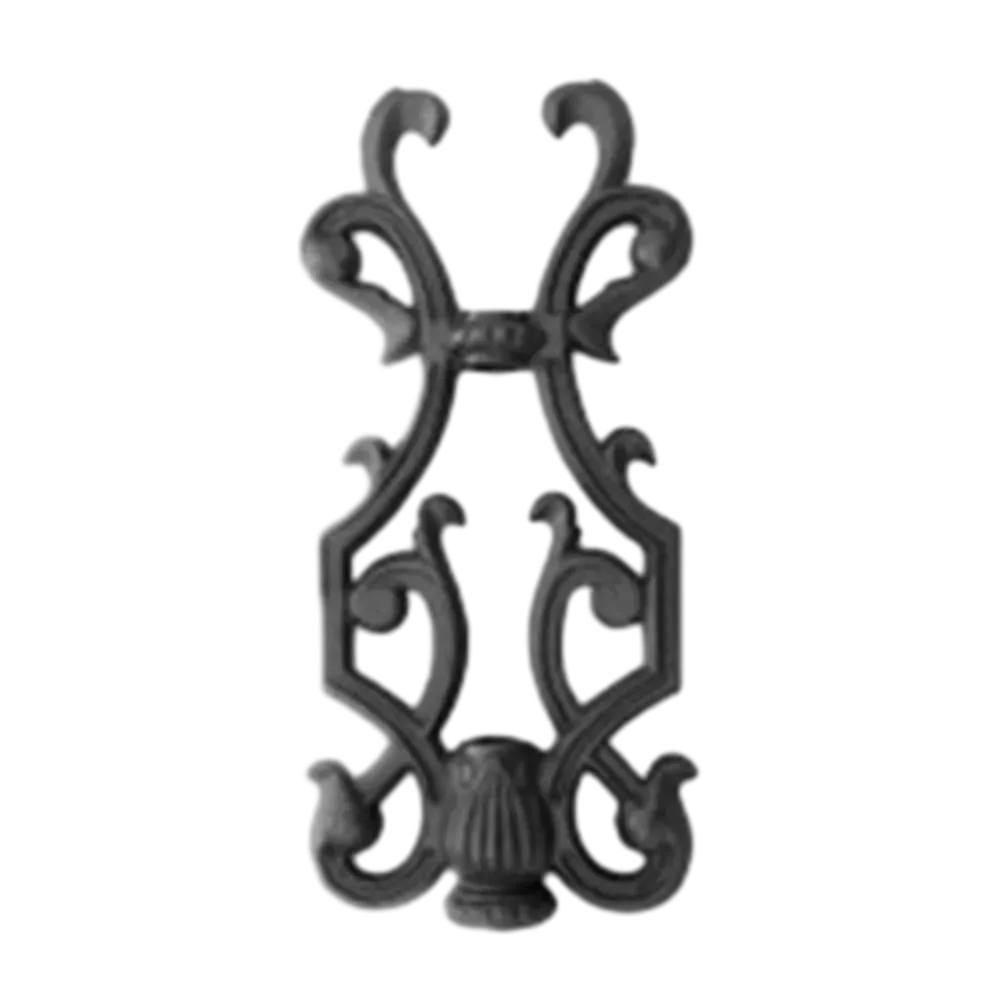Understanding the Rusting Process of Wrought Iron and Its Effects on Durability
Can Wrought Iron Rust?
Wrought iron, known for its malleability and durability, has been a favored material in various constructions ranging from buildings to intricate decorative pieces. However, like all metals, wrought iron is not immune to the natural process of corrosion. This article explores the susceptibility of wrought iron to rust, its characteristics, and how to protect it from the ravages of time and elements.
To answer the central question, yes, wrought iron can rust. Rust is the result of a chemical reaction between iron, oxygen, and moisture, primarily water. When iron is exposed to these elements, it undergoes an oxidation process that leads to the formation of iron oxides, commonly known as rust. The unique properties of wrought iron—such as its fibrous structure and low carbon content—do give it advantages over other types of iron, like cast iron; however, they do not render it completely immune to rusting.
Can Wrought Iron Rust?
There are several factors that influence the rusting process of wrought iron. The presence of salt in coastal environments can enhance corrosion due to the increased conductivity of water, allowing for a faster oxidation reaction. Similarly, pollutants in the atmosphere, such as sulfur compounds, can also contribute to the deterioration of wrought iron structures.
can wrought iron rust

Fortunately, the process of rusting can be managed and mitigated through various protective measures. Regular maintenance is key to prolonging the life of wrought iron. This includes cleaning the surface to eliminate dust, dirt, and moisture accumulation, which can trap water against the metal. Applying a protective coating, such as paint or a galvanization process, serves as a barrier between the iron and the environment, minimizing the risk of moisture exposure.
Another effective tactic is using rust inhibitors—chemical solutions that can be applied to the surface of wrought iron to slow down the oxidation process. These inhibitors can be especially beneficial in industrial applications where wrought iron components are exposed to harsh conditions.
In addition to these preventative measures, it is crucial to address any signs of rust immediately. Early intervention can often reverse minor rust damage through sanding, grinding, and applying rust converters that chemically neutralize the rusted area.
Ultimately, while wrought iron is an exceptionally robust material, it is not invincible. Understanding the conditions that promote rust and implementing proactive strategies for maintenance can greatly enhance the longevity of wrought iron structures. By doing so, you can ensure that these beautiful and functional pieces remain a staple of architecture and design for generations to come.
In summary, wrought iron can rust, but with proper care and preventive measures, its durability and aesthetic appeal can be preserved. Embracing a proactive approach to maintenance not only protects the integrity of wrought iron but also enhances its charm, making it a timeless choice for both practical and decorative applications in our environments.
-
Wrought Iron Components: Timeless Elegance and Structural StrengthNewsJul.28,2025
-
Window Hardware Essentials: Rollers, Handles, and Locking SolutionsNewsJul.28,2025
-
Small Agricultural Processing Machines: Corn Threshers, Cassava Chippers, Grain Peelers & Chaff CuttersNewsJul.28,2025
-
Sliding Rollers: Smooth, Silent, and Built to LastNewsJul.28,2025
-
Cast Iron Stoves: Timeless Heating with Modern EfficiencyNewsJul.28,2025
-
Cast Iron Pipe and Fitting: Durable, Fire-Resistant Solutions for Plumbing and DrainageNewsJul.28,2025
-
 Wrought Iron Components: Timeless Elegance and Structural StrengthJul-28-2025Wrought Iron Components: Timeless Elegance and Structural Strength
Wrought Iron Components: Timeless Elegance and Structural StrengthJul-28-2025Wrought Iron Components: Timeless Elegance and Structural Strength -
 Window Hardware Essentials: Rollers, Handles, and Locking SolutionsJul-28-2025Window Hardware Essentials: Rollers, Handles, and Locking Solutions
Window Hardware Essentials: Rollers, Handles, and Locking SolutionsJul-28-2025Window Hardware Essentials: Rollers, Handles, and Locking Solutions -
 Small Agricultural Processing Machines: Corn Threshers, Cassava Chippers, Grain Peelers & Chaff CuttersJul-28-2025Small Agricultural Processing Machines: Corn Threshers, Cassava Chippers, Grain Peelers & Chaff Cutters
Small Agricultural Processing Machines: Corn Threshers, Cassava Chippers, Grain Peelers & Chaff CuttersJul-28-2025Small Agricultural Processing Machines: Corn Threshers, Cassava Chippers, Grain Peelers & Chaff Cutters












